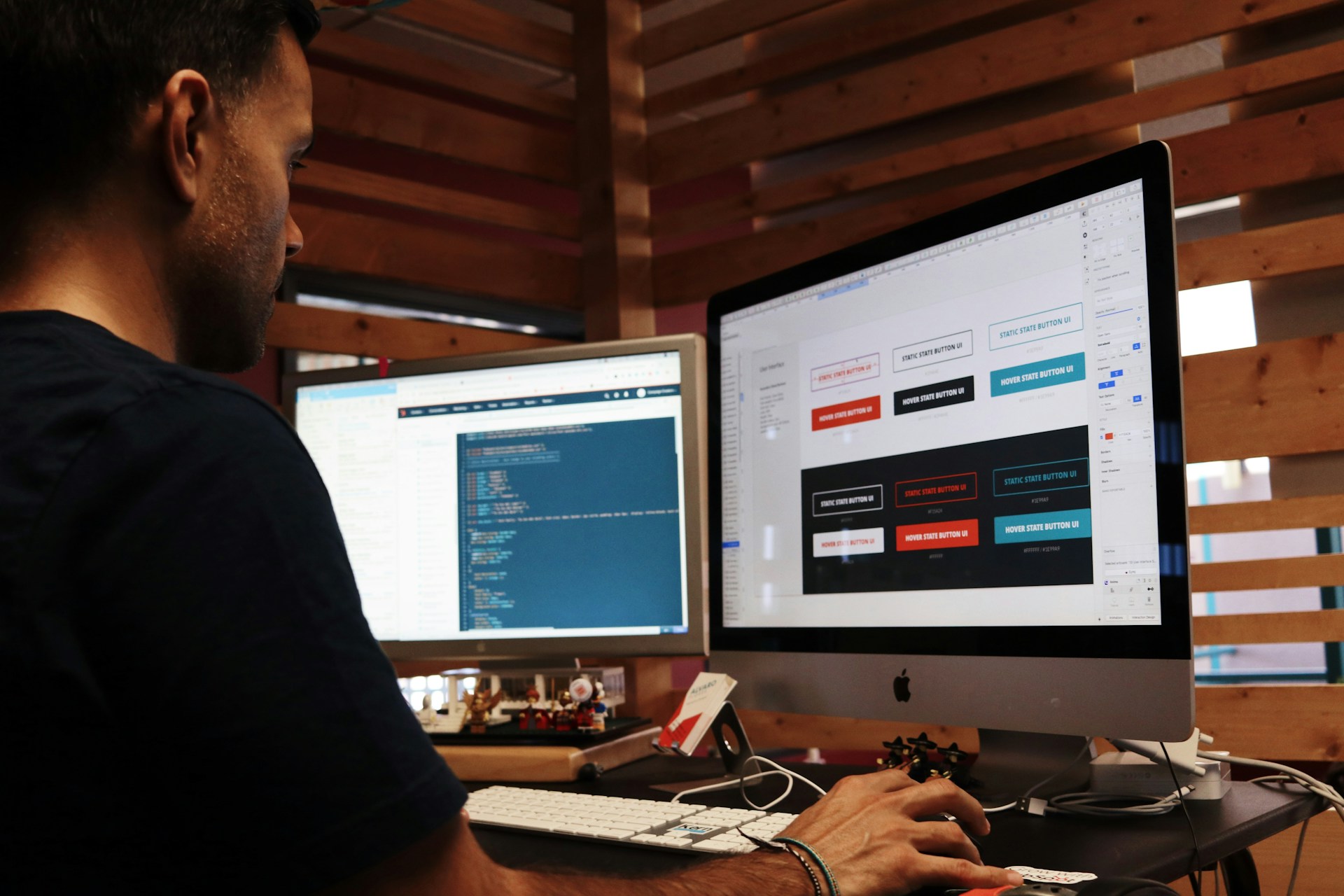In a digital age driven by instant access and streaming data, the environmental impact of the internet is often overlooked. Every time we open a website, data travels from servers to our devices, consuming energy and contributing to global carbon emissions. While many businesses focus on reducing their physical footprint, few consider how their digital presence affects the environment.
This is where sustainable web design steps in—a strategic approach that minimizes the energy consumption of websites without compromising on functionality or aesthetics. As more businesses aim to align with environmental goals, adopting eco-friendly design is not just a trend but a necessary shift.
Understanding Digital Carbon Emissions
Behind every page load, video stream, or image render lies a complex web of servers, data centers, and devices that require electricity. Websites that are not optimized—those with large images, excessive scripts, or inefficient code—require more data to load and process. This translates into higher energy use, especially when websites are accessed frequently by a global audience.
According to recent studies, the internet is responsible for nearly 4% of global carbon emissions, putting it on par with the airline industry. Sustainable web design addresses this issue by streamlining content delivery, improving efficiency, and reducing overall energy use. The result is a cleaner, faster, and more responsible digital experience.
Key Principles of Eco-Friendly Web Design
At its core, sustainable web design is about optimization and efficiency. This includes using clean, minimal code to ensure faster load times, compressing images and media to reduce bandwidth, and avoiding auto-play features that consume unnecessary energy. Designers also prioritize user-centric layouts that remove clutter and guide visitors through essential content only.
Furthermore, using green hosting providers—those that run on renewable energy—is a significant part of reducing digital carbon output. Thoughtful decisions in typography, color use, and third-party plugin selection can all contribute to a site’s environmental impact. By refining each element, the digital load becomes lighter, faster, and greener.
Business Benefits Beyond the Environment
While the primary goal of sustainable web design is environmental responsibility, the benefits extend well beyond that. A well-optimized, energy-efficient website loads faster, which improves user experience and reduces bounce rates. This also enhances search engine rankings, as page speed and accessibility are key factors in SEO performance. Lower energy use means lower hosting and data transfer costs, especially for high-traffic websites.
More importantly, aligning your digital presence with sustainability builds brand credibility and appeals to environmentally conscious consumers. For modern businesses, eco-friendly design becomes a differentiator, signaling innovation, responsibility, and care for the future.
How eLeopards Technologies Supports Sustainability
At eLeopards Technologies, sustainable digital transformation is a central mission. We integrate environmental consciousness into every stage of our web development process. From lightweight coding practices to green hosting solutions, our team designs and builds websites that are not only visually compelling but also energy-efficient. We tailor each solution based on the client’s business goals and sustainability objectives.
Our UI/UX strategies emphasize user flow while avoiding unnecessary resource usage, and our SEO services prioritize organic visibility without compromising speed or performance. By collaborating with eLeopards Technologies, businesses gain access to a team that understands how to merge innovation, functionality, and environmental responsibility.
Moving Toward a Greener Digital Future
The internet is a critical part of modern life, and its growth shows no signs of slowing down. As digital consumption continues to rise, businesses have a responsibility to make their online presence more sustainable. Through conscious web design decisions, it’s possible to significantly reduce digital carbon emissions, improve user experience, and reinforce brand values centered on sustainability.
Whether you’re redesigning an existing site or building one from scratch, the choices you make today can contribute to a cleaner tomorrow. Sustainable web design is more than just an option—it’s an obligation for forward-thinking organizations in a connected, climate-conscious world.
